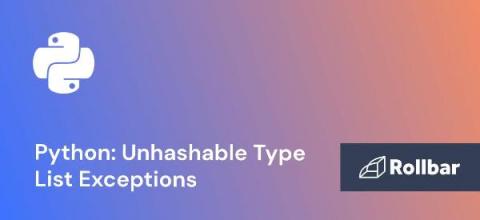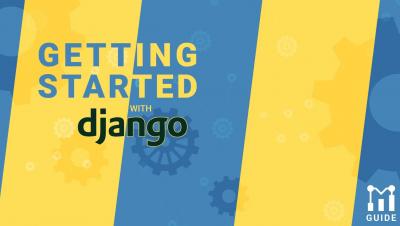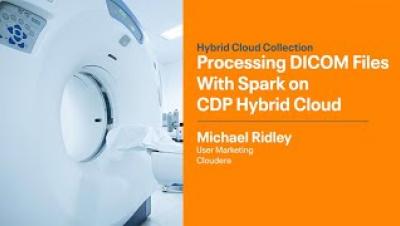How to Handle Unhashable Type List Exceptions in Python
The Python TypeError: unhashable type: 'list' usually means that a list is being used as a hash argument. This error occurs when trying to hash a list, which is an unhashable object. For example, using a list as a key in a Python dictionary will cause this error since dictionaries only accept hashable data types as a key. The standard way to solve this issue is to cast a list to a tuple, which is a hashable data type.








